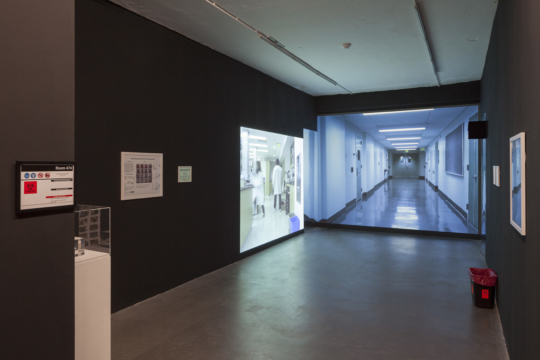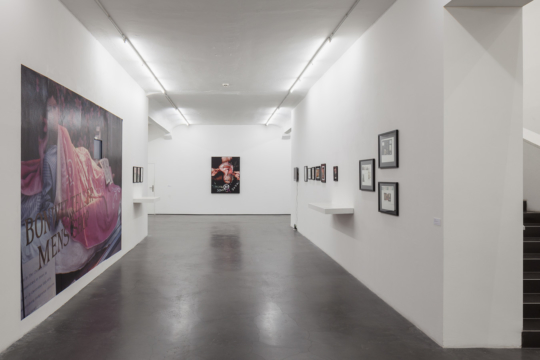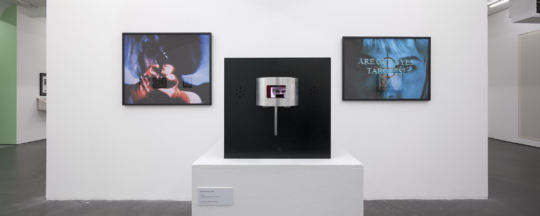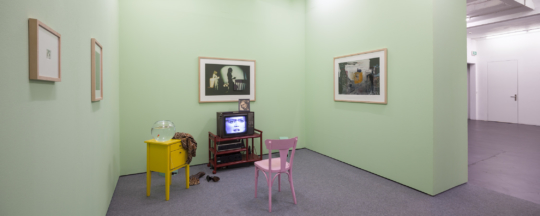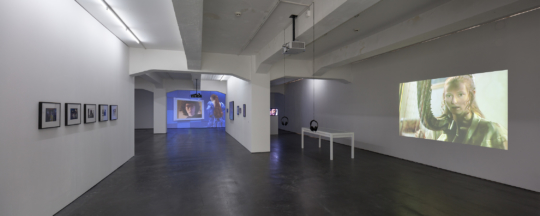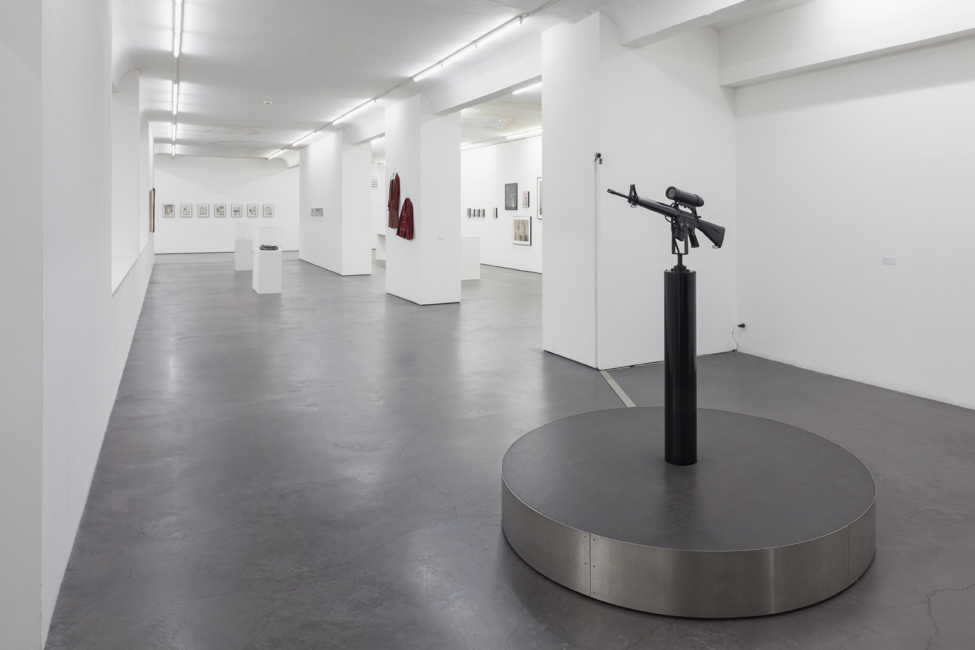
Lynn Hershman Leeson (*1941 in Cleveland, Ohio, USA) is among the first and most influential of media artists. Over the past four decades she has achieved pioneering work in the fields of photography, video, film, performance, installation and interactive and net-based media art. Her works have been shown in over 200 large-scale exhibitions, and constitute parts of noteworthy museum and private collections.
First working in drawing and sculpture, Hershman Leeson turned to performance and conceptual art in the late 1960s and early 1970s. Her most influential performance work is »Roberta Breitmore« (1973-78) – the fictional character that she, then three subsequent female personas, enacted in real time and space, using artifacts of the time. Roberta Breitmore’s conceptual idea of fractured identity and multiplicity of contemporary life anticipated the exploration of surrogate identities that flourished in the digital and virtual worlds several decades later.
Hershman Leeson’s investigation of identity and various modes of surveillance developed into a variety of works, ranging from »Lorna« (1983/84), one of the first interactive projects on video disc, to »Teknolust« (2002) which addressed cyber-identity, artificial intelligence, cloning, and the decoupling of sexuality and human reproduction. In her most recent works, Lynn Hershman Leeson includes robots, mass communication media such as smart-phones, as well as the latest scientific developments in the field of genetics and regenerative medicine including 3D bioprinters that create human body parts.
In close collaboration with the artist and the Zentrum für Kunst und Medientechnologie Karlsruhe the first comprehensive retrospective ensures not only an overview of all creative phases in Lynn Hershman Leeson’s oeuvre, but also presents the most recent productions of this innovative artist.
Video Teaser
Gallery
Catalog
Edited by Peter Weibel and published by Hatje Cantz, the catalogue features approximately 320 pages, predominantly color illustrations, and written contributions from Peter Weibel, Andreas Beitin, Pamela M. Lee, Peggy Phelan, Laura Poitras, B. Ruby Rich, and Kristine Stiles, among others.
